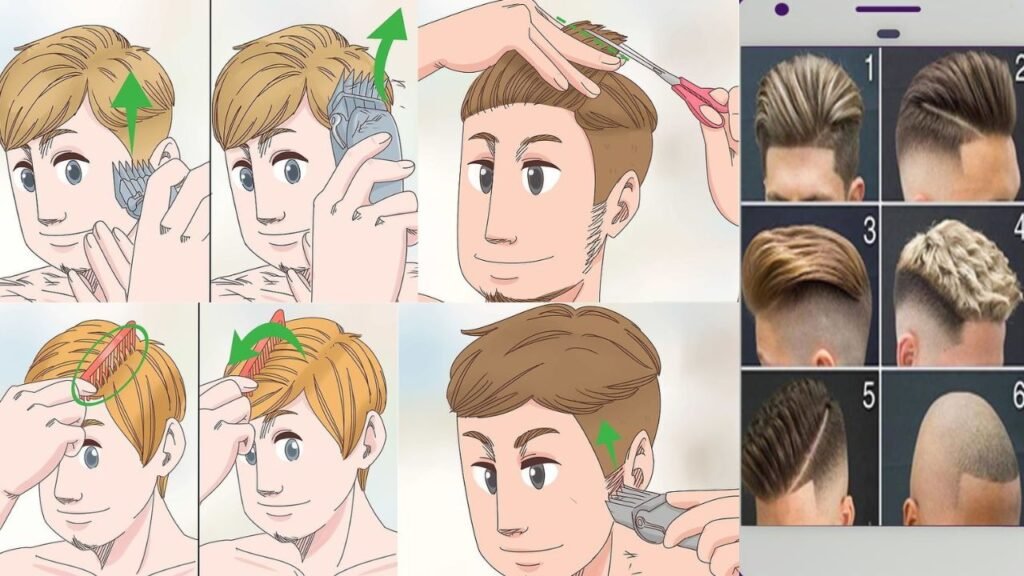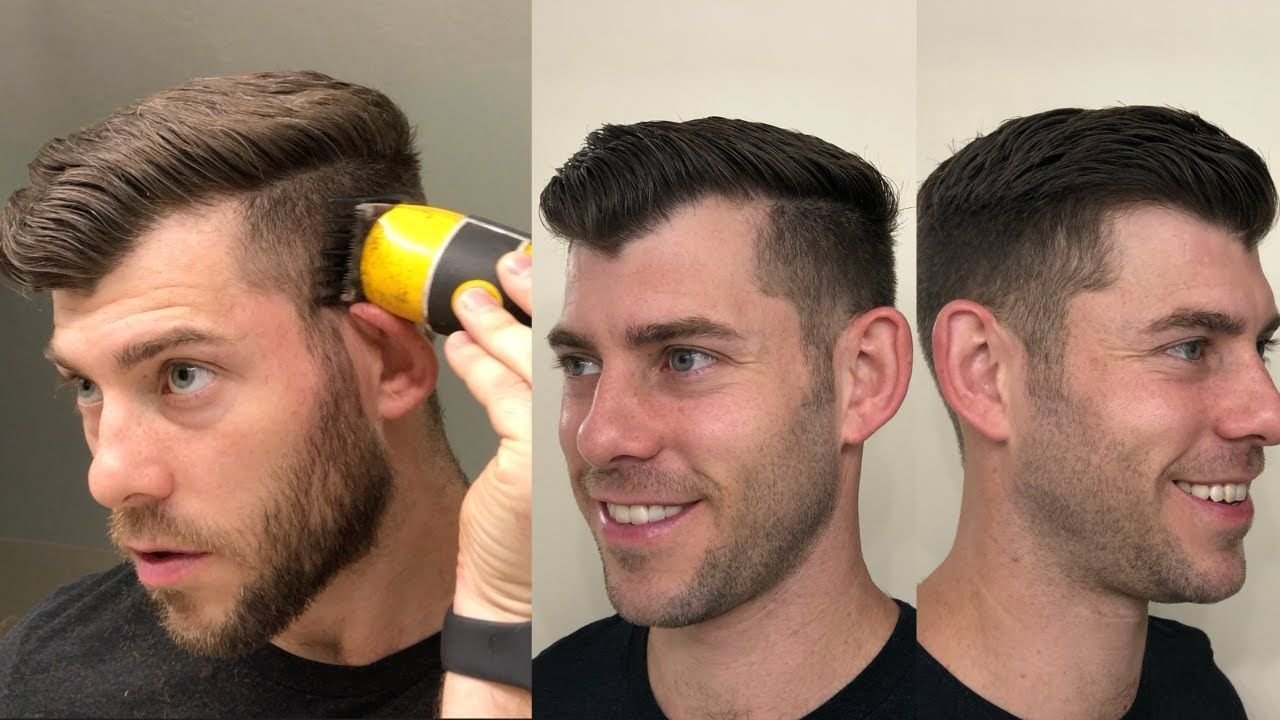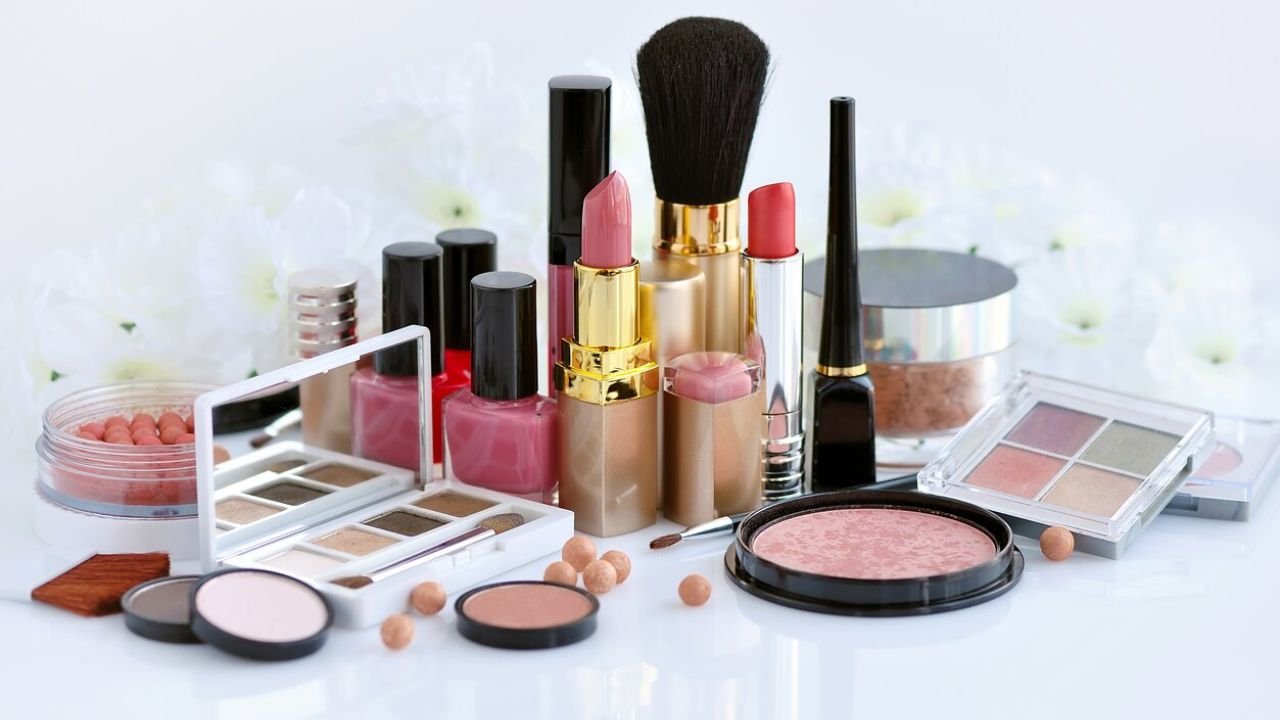Learning how to cut your own hair men at home is easier than you may think. It saves both money and time, while also giving you full control over your style. Many men tried this skill during lockdowns, and now it has become a popular routine for maintaining a clean look without running to the barber every few weeks.
With the right approach, tools, and patience, you can achieve a neat, stylish haircut that looks professional. This guide will explain each step in detail so you can build confidence and learn to manage your own hair with ease.
Why should men cut their own hair at home?
Cutting your own hair has several benefits. The most obvious one is saving money. Regular visits to a barber can be costly, and doing it at home helps reduce those expenses. Apart from that, it saves time. You no longer need to book an appointment or wait in a queue.
Another reason is control. You decide how short or long you want the cut to be. You can experiment with fades, trims, or textures on your own terms. With some practice, the results get better each time.
Tools you must have before starting
To achieve a good result, you need proper tools. Clippers with adjustable guards are the most important. A good pair of sharp hair scissors is also essential for trimming and adding texture. Keep a comb for parting and arranging hair, and a hand-held mirror to see the back of your head. A towel for your shoulders, proper lighting, and clean blades are also necessary for a neat and safe cut.
How to prepare your hair before cutting?
Preparation is just as important as cutting itself. You should always begin with clean hair. Wash it with a gentle shampoo and conditioner. This removes oil, dirt, and styling products that can affect the cut. Once washed, towel dry your hair until it is slightly damp. Damp hair is much easier to cut than dry hair. Next, comb your hair thoroughly to remove knots and tangles. Part it naturally or where you usually style it. Having smooth, tangle-free hair makes the cutting process far easier and ensures even results.
Setting up your cutting space
Choose a space with bright lighting, like a bathroom. Stand in front of a large mirror and keep a smaller one behind you to check the back and sides. Place a towel or cloth on the floor to catch loose hair. Keep all your tools within easy reach. Setting up the space properly will help you focus and reduce mistakes.
How to choose the right clipper guard?
Choosing the correct guard size is important. If you are unsure, always start with a longer guard and then go shorter if needed. Remember, you can always remove more hair, but you cannot add it back once cut.
Here is a useful chart of clipper grades and lengths to guide you:
| Haircut Number/Clipper Grade | Length of Hair (mm/inch) |
| 0 | 1.5 / 1/16 |
| 1 | 3 / 1/18 |
| 2 | 6 / 1/4 |
| 3 | 10 / 3/8 |
| 4 | 13 / 1/2 |
| 5 | 16 / 5/8 |
| 6 | 19 / 3/4 |
| 7 | 22 / 7/8 |
| 8 | 25 / 1 |
This chart helps you match the guard with the style you want. For a clean, very short look, use guard 0 or 1. For a slightly longer and fuller cut, choose guard 3 or above.

How to cut the back and sides properly?
Start by trimming the back and sides. Hold the clipper flat against your head and move it upward from the bottom in slow, steady strokes. Keep your pace even and check your progress in the mirror regularly. When cutting the sides, be extra careful with symmetry. Switch hands if needed and take your time. Use long strokes rather than short ones to get a smoother result.
How to create a fade with clippers?
A fade haircut blends shorter hair at the bottom into longer hair at the top. To do this, start with the shortest guard at the bottom, then move to a medium guard in the middle, and finally use a longer guard at the top. Always position the new guard slightly above the previous line to blend the lengths smoothly. Work gently, as harsh strokes can leave lines.
How do you trim the top without mistakes?
Trim the top last. Work in small sections. Use your fingers as a guide. Comb a small section up. Hold it between forefinger and middle finger. Trim the ends just above your fingers. Move across the head steadily. For texture, point-cut at the ends with scissors. Do small snips only. Small cuts make even results.
When to use scissors vs clippers
Use clippers for uniform short styles. Use scissors for longer, textured tops. If you are new, keep scissors work minimal. Scissors add shape and soften lines. Less is safer when learning.
How to finish and style after cutting?
Once you are satisfied with the cut, clean up the loose hairs. Use a towel or rinse your head under water to remove clippings. Comb through the hair and apply a small amount of styling product if needed. Check your haircut again in both mirrors to make sure it looks even from all angles. Sometimes flaws only appear after styling, so this is the time to fix them. Trim any stray or uneven strands you may notice.
What to do if mistakes happen?
It is normal to make mistakes, especially in the beginning. Uneven sides can be corrected by using a longer guard to match the shorter side. If you cut your hair too short, adapt to a shorter style and wait for it to grow back.
If the fade looks patchy, go over it again with a guard size between the two you used earlier to blend the difference. In case of major errors, do not panic. Hair grows quickly, and you can always visit a professional barber to fix it.
Key tips to remember for beginners
- Always start with clean, damp hair.
- Use proper tools like clippers and sharp scissors.
- Begin with longer guards and shorten gradually.
- Move slowly and check progress often.
- Practice regularly to improve results.
These steps will help you build confidence and skill. Over time, you will be able to handle simple trims, fades, and even full cuts with ease.
Conclusion
Learning how to cut your own hair men is a skill worth mastering. It saves money, time, and gives you freedom over your personal style. With the right tools and the steps explained above, you can easily maintain your look at home. The process may seem slow at first, but practice brings improvement. Even if mistakes happen, they are easily fixed or hidden with slight adjustments. With patience, every man can master how to cut your own hair men and keep looking sharp without relying on the barber.
FAQs
Q1. Should hair be wet or dry when cutting?
Ans. Hair should be slightly damp for better control. Dry hair is harder to cut evenly but works well for adding texture at the end.
Q2. Can regular scissors be used?
Ans. No. Regular or kitchen scissors can damage hair. Always use professional hair scissors.
Q3. Is it possible for beginners to try a fade?
Ans. Yes, but it requires patience. Start with a basic fade using two guard sizes and improve with practice.







